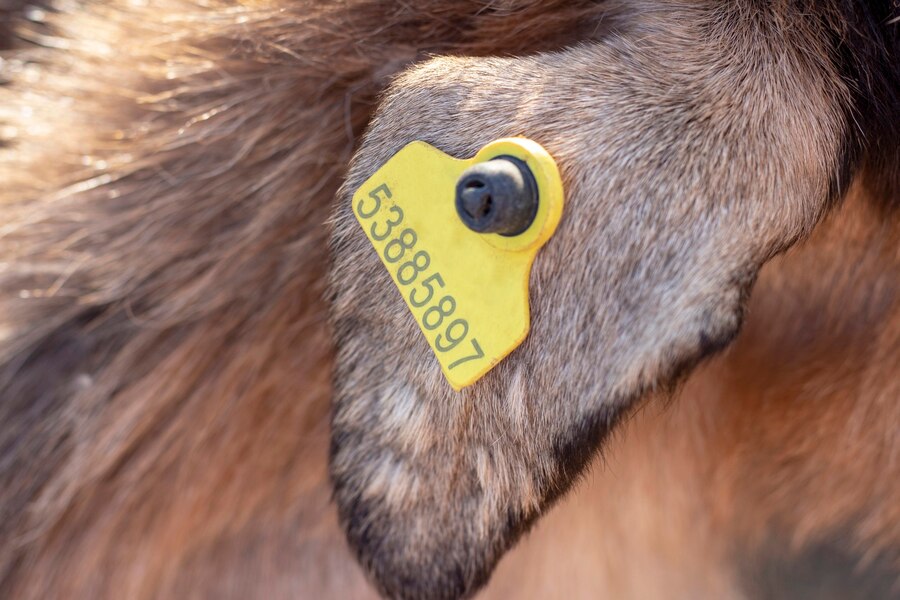Owning a pet brings joy and companionship. But, it also brings responsibility. One crucial aspect of pet ownership is ensuring your pet has proper identification. In this guide, we’ll dive into the importance of pet ID tags. We will cover what to look for when choosing one, the benefits they provide, and how to maintain them.
Why Pet ID Tags Are Essential
Pets are curious creatures. They love to explore, sometimes too far from home. A pet ID tag is their ticket back to you if they get lost. It provides crucial information to anyone who finds your pet.
Quick Identification: An ID tag allows anyone to quickly identify your pet and contact you. No need for a microchip scanner.
Peace of Mind: Knowing your pet has an ID tag gives you peace of mind. You know they have a higher chance of being returned safely.
Legal Requirements: In many areas, pet ID tags are legally required. Ensure you comply with local regulations.
Choosing the Right Pet ID Tag
Choosing the right tag involves several factors. Here’s what to consider
Material. Pet ID tags come in various materials. The most common are stainless steel, aluminum, and brass.
- Stainless Steel. Durable and resistant to rust. Ideal for active pets.
- Aluminum. Lightweight and comes in many colors. Perfect for small pets.
- Brass. Classic look but can tarnish over time.
Size and Shape. The tag should be the right size for your pet. Too large, and it’s uncomfortable. Too small, and it’s hard to read.
- Small Tags. Best for cats and small dogs.
- Medium to Large Tags. Suitable for larger breeds.
Engraving. The information on the tag should be clear and easy to read. Look for deep engraving that won’t wear off.
Design. Choose a design that reflects your pet’s personality. From simple and elegant to fun and colorful, there are many options.
Attachment. How the tag attaches to your pet’s collar is also important. Split rings are common, but quick clips can be more secure.
Information to Include on a Pet ID Tag
What should you engrave on your pet’s ID tag? Here’s a list of essential information
Pet’s Name. Helps to make the finder feel connected to your pet.
Your Phone Number. The most crucial piece of information. Ensure it’s up-to-date.
Address. Optional, but can be helpful, especially if your pet is found nearby.
Medical Needs. If your pet has any medical conditions, note it on the tag. For example, “Needs Medication.”
Microchip Information. If your pet is microchipped, mention it. “Microchipped” or “Scan for Chip” are good phrases.
Benefits of Pet ID Tags
Immediate Identification. Pet ID tags offer immediate identification. There’s no need to wait for a vet visit to scan a microchip.
Emergency Contact. In emergencies, quick contact is essential. A tag provides this vital information.
Cost-Effective. Pet ID tags are affordable. They offer a cost-effective way to ensure your pet’s safety.
Customization. Many tags allow for customization. Add fun designs or special messages.
Caring for Your Pet ID Tag
To keep your pet’s ID tag in good condition, follow these tips
Regular Checks. Regularly check the tag for wear and tear. Replace it if the information becomes hard to read.
Clean the Tag. Clean the tag periodically. Use mild soap and water to remove dirt and grime.
Secure Attachment. Ensure the tag is securely attached to the collar. Check the attachment point for signs of wear.
Alternatives to Pet ID Tags
While pet ID tags are excellent, there are alternatives
Microchipping. Microchips are implanted under your pet’s skin. They offer permanent identification but require a scanner to read.
GPS Collars. These collars use GPS technology to track your pet’s location. They’re more expensive but offer real-time tracking.
QR Code Tags. These tags link to an online profile with detailed information about your pet. They’re easy to update but require internet access to view.
Combining Identification Methods
For maximum security, combine different identification methods
Tag and Microchip. Use a pet ID tag along with microchipping. This offers both immediate and permanent identification.
GPS Collar and Tag. Combine a GPS collar with a traditional ID tag. You get real-time tracking plus the benefits of a tag.
Customizing Your Pet ID Tag
Make your pet’s ID tag unique with customization
Color Choices. Many tags come in various colors. Choose one that complements your pet’s collar.
Engraved Designs. Some tags offer engraved designs. Paw prints, bones, and hearts are popular choices.
Personal Messages. Add a personal message to the tag. “I’m Lost, Please Call My Human” is a friendly touch.
Reflective Tags. For added safety, choose a tag with reflective properties. It helps make your pet visible at night.
Pet ID Tags for Different Types of Pets
Different pets have different needs. Here’s a guide to choosing tags for various pets
Dogs. Choose a durable tag that can withstand rough play. Stainless steel is a good choice.
Cats. Select a lightweight tag that won’t bother your cat. Aluminum tags are ideal.
Small Pets. For pets like rabbits or ferrets, choose a small, lightweight tag. Ensure it’s comfortable for them to wear.
Birds. Yes, even birds can wear ID tags. Lightweight tags attached to their leg bands work well.
Fun and Functional Pet ID Tags
Pet ID tags don’t have to be boring. Here are some fun and functional options
Smart Tags. These tags connect to an app on your phone. They provide detailed information and tracking.
Light-Up Tags. Perfect for nighttime walks. These tags light up, making your pet visible in the dark.
Noise-Reducing Tags. Tags with rubber edges reduce noise. Ideal for pets who are easily startled.
Decorative Tags. Choose from a variety of shapes and colors. Make your pet’s tag a fashion statement.
Conclusion
Pet ID tags are an essential part of responsible pet ownership. They offer quick identification, peace of mind, and are often required by law. When choosing a tag, consider the material, size, engraving quality, and design. Don’t forget to include essential information like your phone number and your pet’s name.
Regularly check and maintain your pet’s ID tag to ensure it remains legible and securely attached. Combine tags with other identification methods, such as microchipping or GPS collars, for added security. Customize the tag to reflect your pet’s personality and make it unique.
Investing in a quality pet ID tag is a small step that can make a big difference in ensuring your pet’s safety. So, take the time to choose the right one and keep your furry friend protected.










